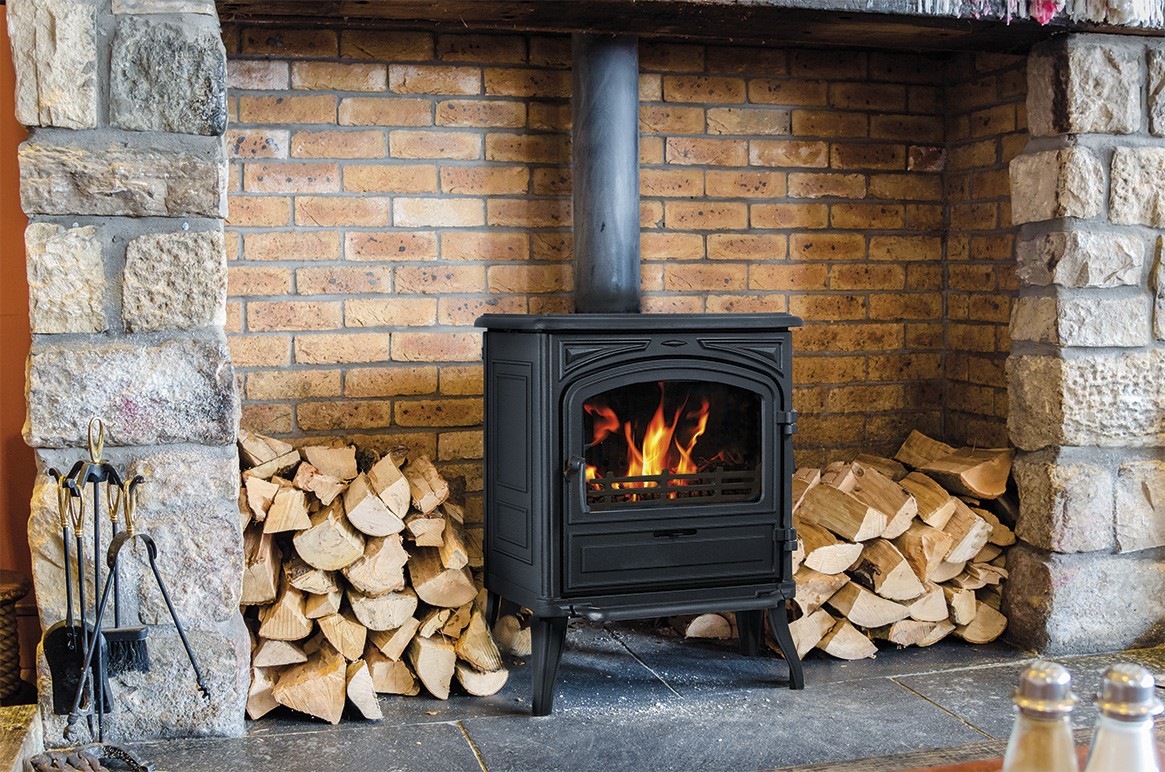Burn wood can create problems as well. It burns quickly and is hot, which can damage chimneys, fireplaces, and stoves. This extra heat could even cause metal parts to bend or break, so compromising security. Furthermore less efficient is very dry wood since it burns poorly and releases less heat. It can create a fire with great force and difficulty under control. Finding the best firewood for burning—that is, wood that has been properly dried to burn safely and well—is essential in avoiding these issues.
Table of Contents
Important Review
Burning wood that is also dry can cause large complications with how well it burns and how harmless it is:
Combustion Efficiency – Dry wood burns faster and hotter than wet wood.
Heat Output – Very dry wood creates a lot of heat fast.
Environmental Impact – Burning very dry wood creates extra pollution.
Creosote Build-up – Hot fires from dry wood create more creosote in chimneys, which can be unsafe.
Fire Safety – Very dry wood can cause big fires that can be dangerous if not controlled well.
Efficiency of combustion
Easily burning and fast releasing heat, dry wood burns. You thus get heat right away, but you should regularly add more wood. Additionally producing less smoke and dust in chimneys, dry wood reduces the risk of fires and less cleaning is needed. Burning slower and less effectively, wet wood generates more smoke and less heat. Furthermore dangerous is the accumulation of dirt in chimneys. Using dry wood thus produces harmless, reasonably effective fires.
Heat Demand
Perfect for heating in cold climates or starting quick fires, very dry wood burns actually hot and fast. It easily lights larger logs and quickly heats rooms. However, since the fire burns so very fiercely, it can be difficult to regulate its temperature or length of burning. You want to watch it sensibly and modify to prevent it from quickly heating or burning out. Different types of wood burn differently nowadays; try wood without much moisture; it burns well and is good for heating effectively and maintaining chimneys cleaner by lowering tar and smoke generation.
Environmental Affective Change
Burning very dry wood can spew a lot of dirty particles into the atmosphere. Like chemicals and dust, this stuff deteriorates the quality of the air especially in homes and wood-burning areas. Living in this contaminated air can aggravate your lungs, especially if you are young, elderly, or have past illness. Burning dry wood releases gases that can also damage the atmosphere and induce climate change. Using wood that dries well and burning it in a way that benefits the environment and the air depends mostly on you.
Creosote accumulations
Particularly if the wood is also dry, very hot burning wood produces creosote. Gathering in chimneys and stovepipes, creosote is a flammable material. Ignorance of regular cleaning might lead to fires by this accumulation. A gluey coating formed by creosote can catch fire and damage houses and chimneys. To stop this, regular chimney inspections and cleaning by qualified professionals is absolutely vital. Well seasoned wood helps to lower the fire risk and reduce creosote. Keeping firewood for burning systems safe and efficient depends on knowing these hazards and acting in defense.
Fire Safety
By producing sparks or embers that fly out of the stove or fireplace, burning dry wood can set flames. Use a glass door or screen to have sparks inside and remain harmless. Make sure there is good airflow and routinely clean the chimney to prevent gluey creosote from accumulating. Keep everything that could burn far from the stove or fireplace; store firewood far from your house. By doing these things, you reduce the likelihood of fires and render your wood-burning stove or fireplace safe for use.
Burning wood that is too dry can increase the risk of fire by creating sparks or embers that escape the stove or fireplace. To stay safe:
- Use a screen or glass door to contain sparks.
- Ensure proper airflow and clean the chimney regularly to prevent sticky creosote from building up.
- Store firewood away from the house, and keep flammable materials away from the stove or fireplace. These practices reduce the likelihood of fires and make your wood-burning stove or fireplace safer to use.
Finish
Burning dry wood burns well and generates quick heat in general. Still, one should take into account its ecological, benign, and efficient nature. For protection, burning effectively, and balance of heat, wood with some moisture—between 15 and 20 percent—is ideal. Effective burning and safety depend on proper storage of wood and enough drying before burning. This helps the air to be cleaner and lowers fire risks both inside and outside of homes. Selecting and managing wood carefully will help you stay deep in a way that is safe for everyone and beneficial for the surroundings. Study Click Here to get more information.
















